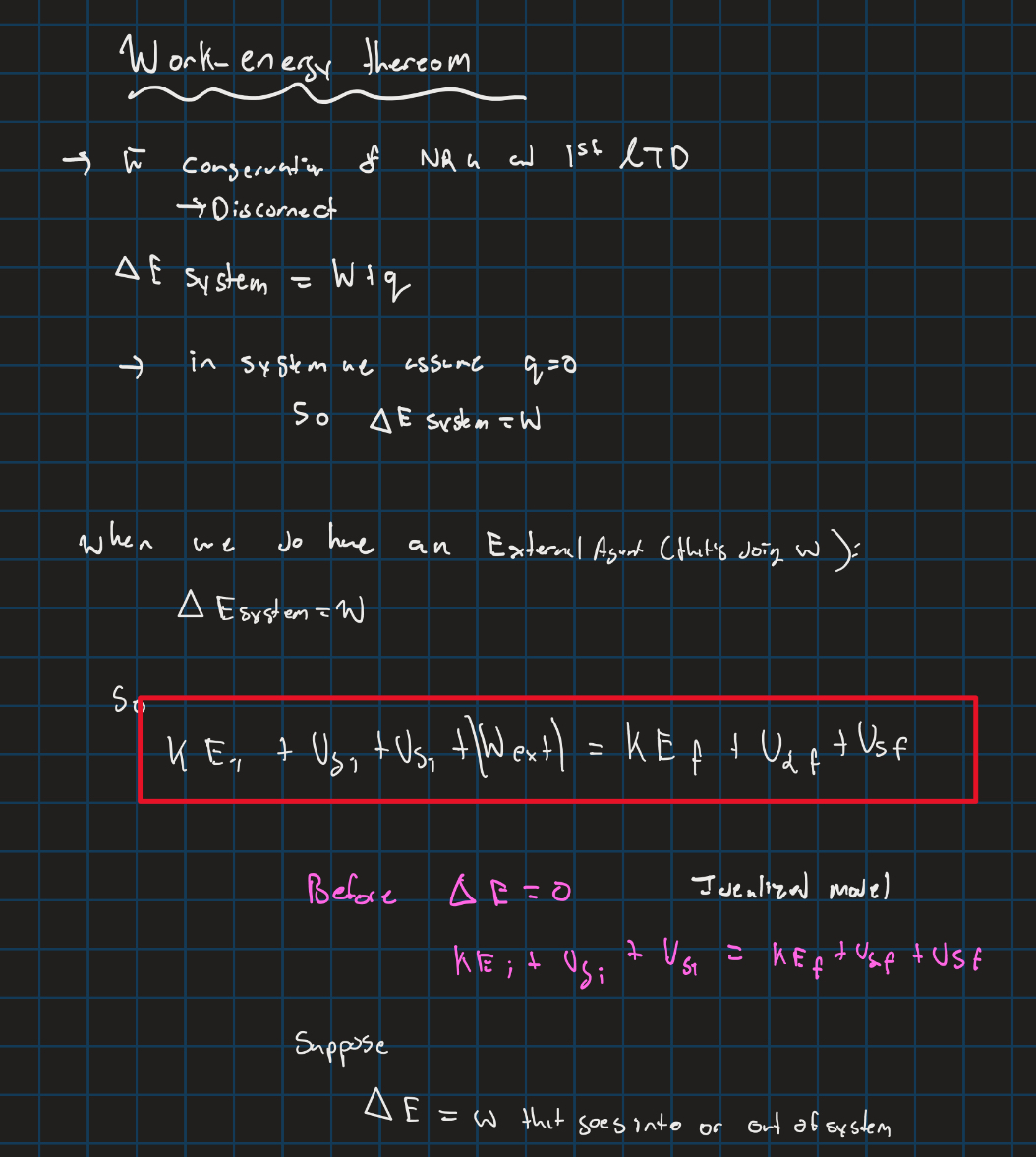Equations for Mcat
1/221
There's no tags or description
Looks like no tags are added yet.
Name | Mastery | Learn | Test | Matching | Spaced |
|---|
No study sessions yet.
222 Terms
sin(90)
1
sin(60)
0.9 (√3 /2)
sin(30)
0.5
sin(45)
0.707 (√2/2)
cos90
0
sin0
0
cos60
0.5
cos30
0.9 (√3/2)
cos(45)
0.707 (√2/2)
cos(0)
1
Newtons second law
F=ma
Newtons third law
Fa on b = -Fb on a
Gravitational force between two objects
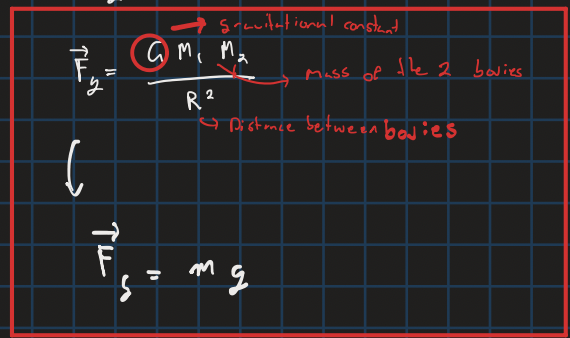
Kinetic friction

Static Friction

Hookes law
F = -kΔx
Frequency threshold for human hearing
20kHz
distance with contsnat velocity

acceleration from velocities and time
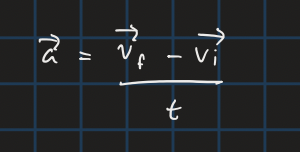
final velocity from initial, acceleration and displacement

final velocity from vi and a and t
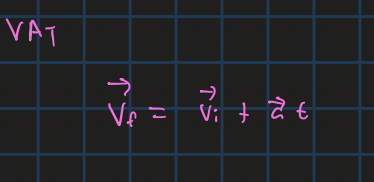
displacement from vi and a and t

Vx in projectile motion
Vcosθ
Vy in projectile motion
Vsinθ
acceleration inclined plane
gsinθ
normal force inclined plane
mgcosθ
gravity down plane
mgsinθ
frcition inclined plane
μmgcosθ
Energy of a wave
and h = 6.626×10-34

velocity of a wave
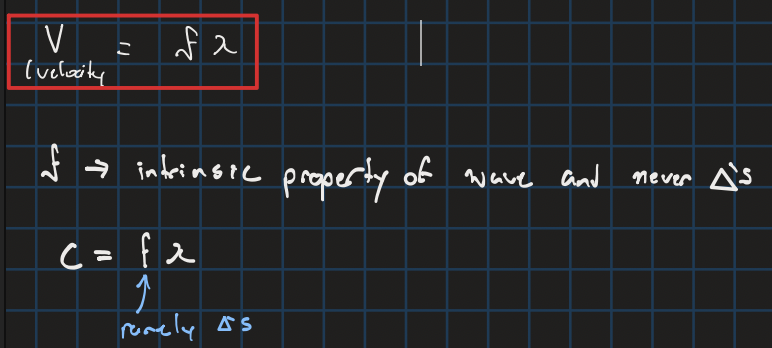
Rydberg equation

quantum numbers
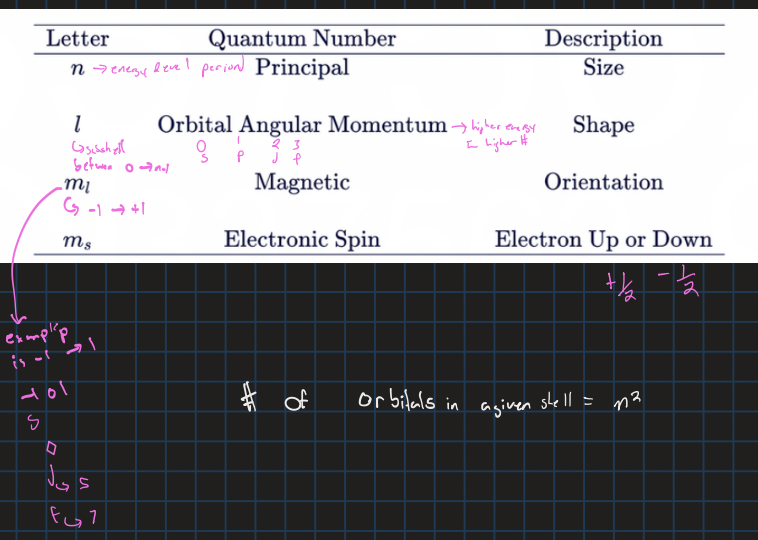
alpha decay

Beta- decay
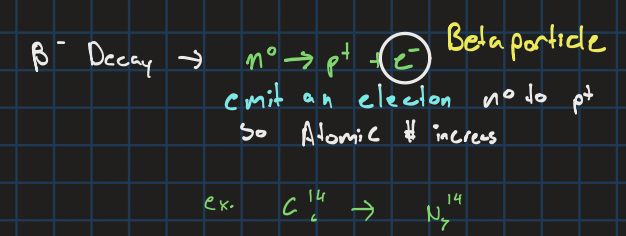
Beta+ decay

electron capture
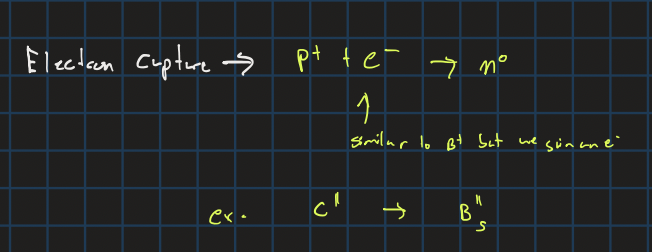
period

Speed of a sound wave related to stiffness and density
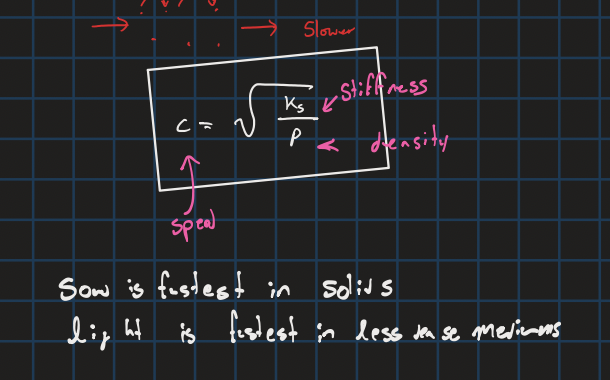
Speed of sound in air
343m/s
Harmonics with two open ends or two closed ends
n = any number 1 - x

Harmonics with one open and one closed end
n is any positive odd integer (second is 3 and so on)
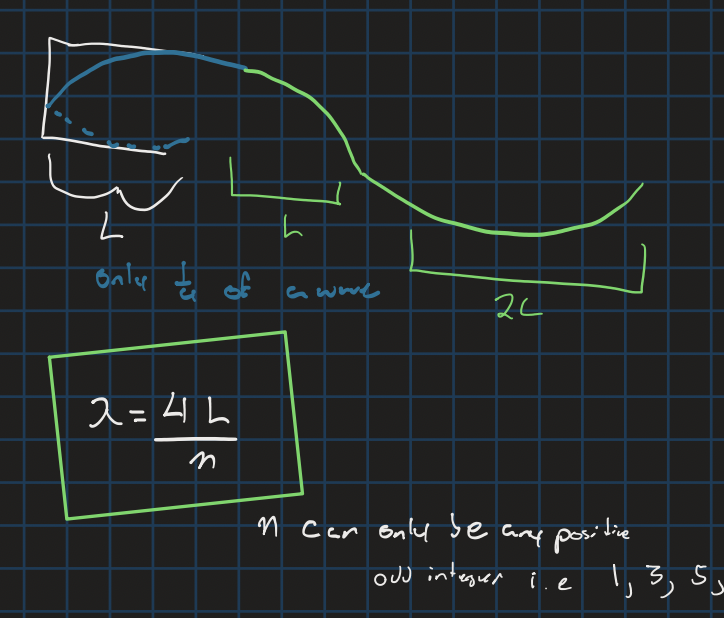
Sound intensity
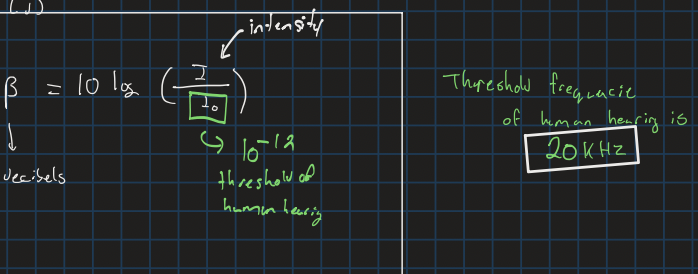
Dopler equation
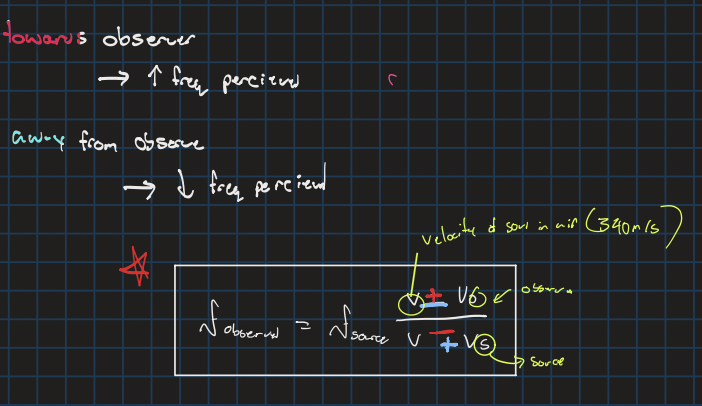
Reflection equation
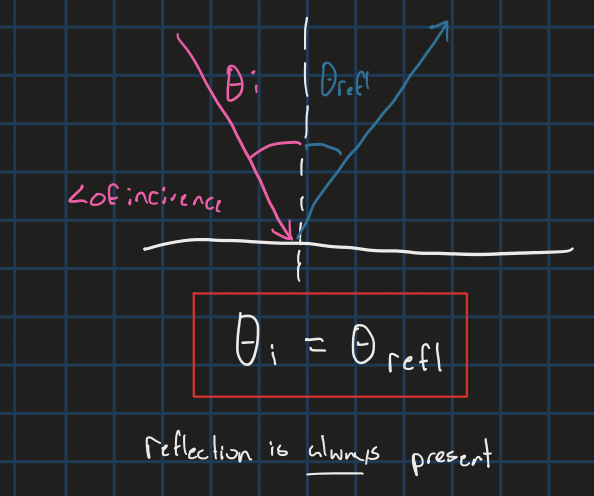
index of refraction

Snell’s law
to derive angle of refraction or the speed

diffraction equation
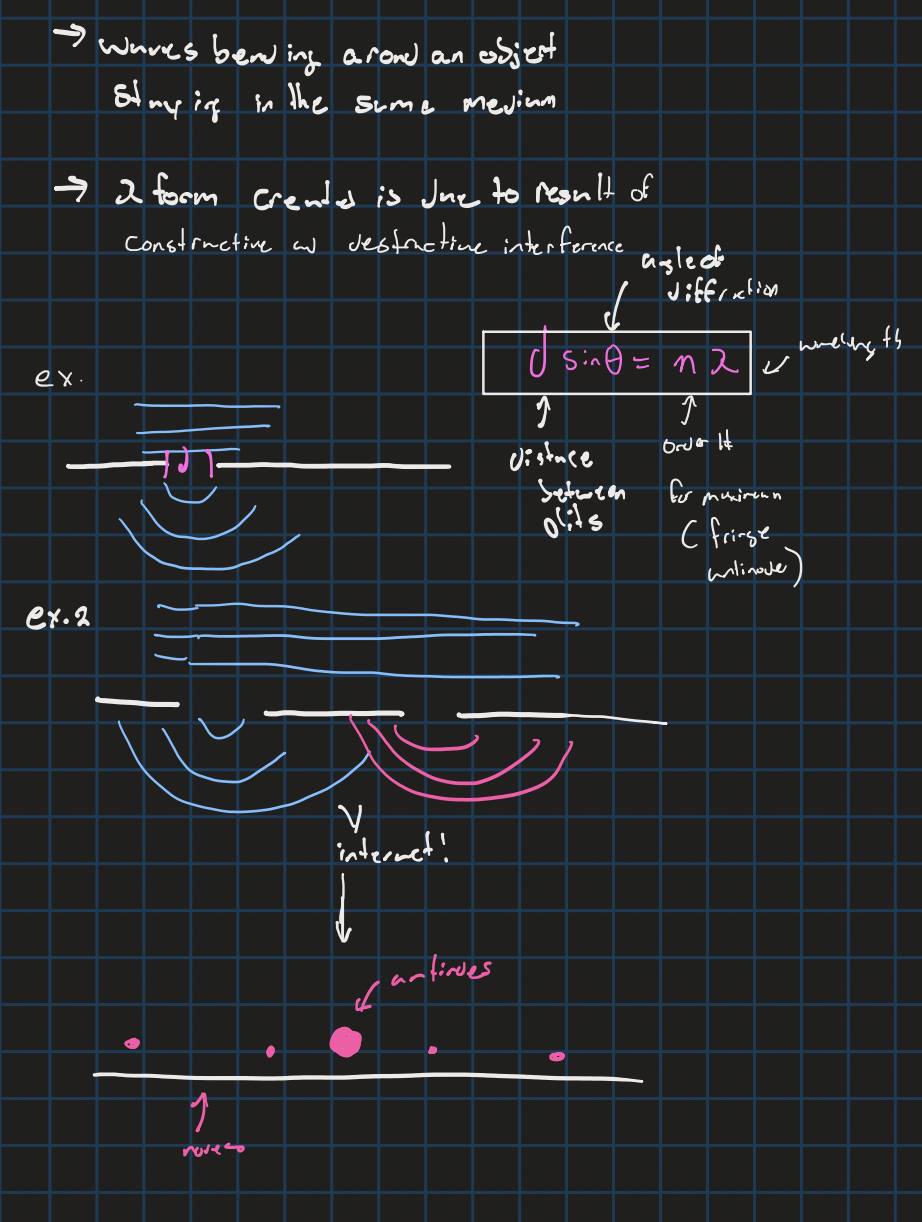
lensmakers equation
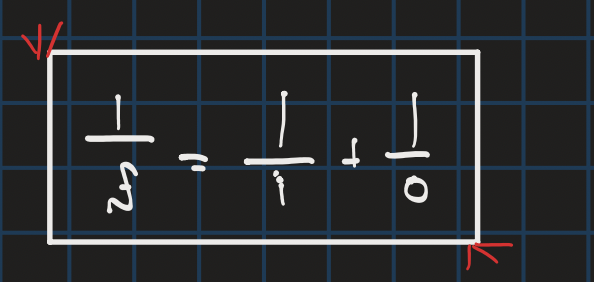
magnification

Power of a lens/mirror
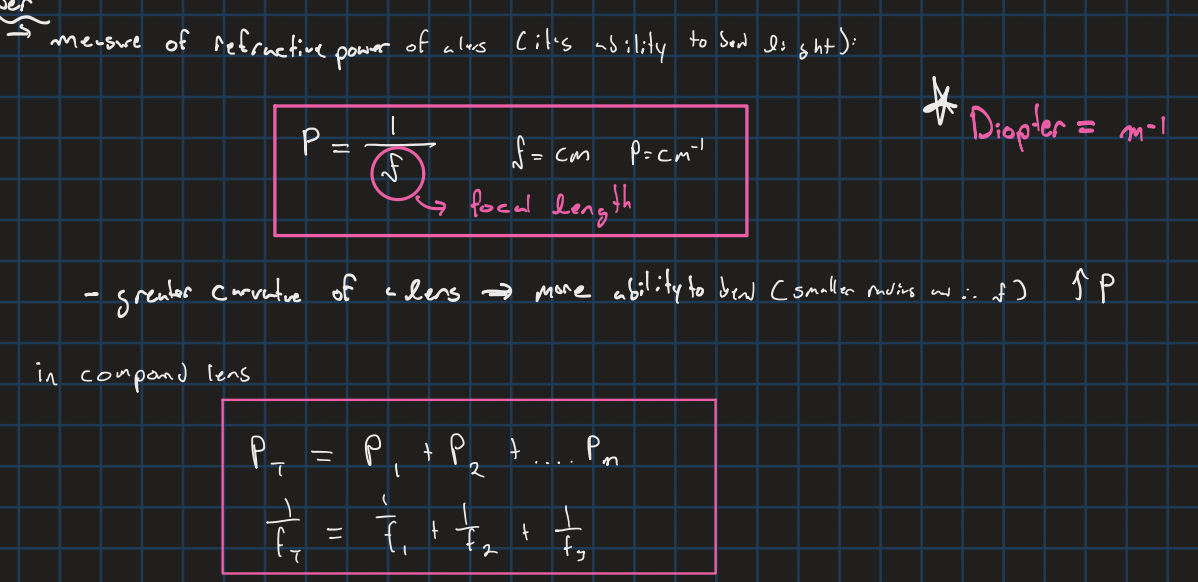
mass percent

lattice energy
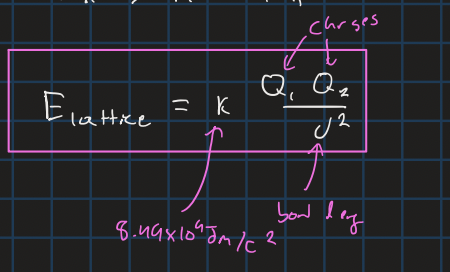
Formal charge

Charge of an electron/proton + absolute charge
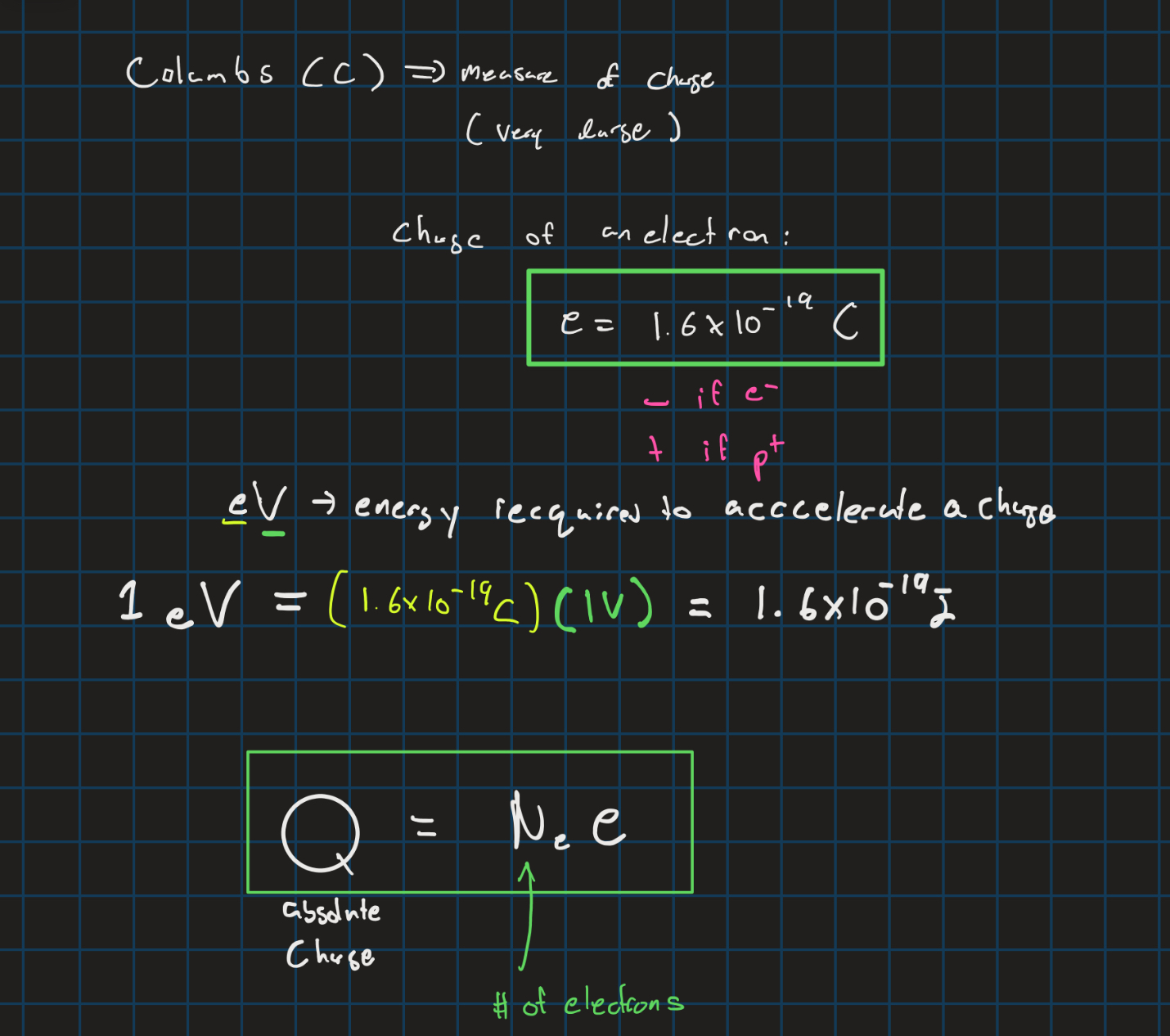
Electric field

Gravitational constant
G = 6.67 X10-7
Columbs law and electric force
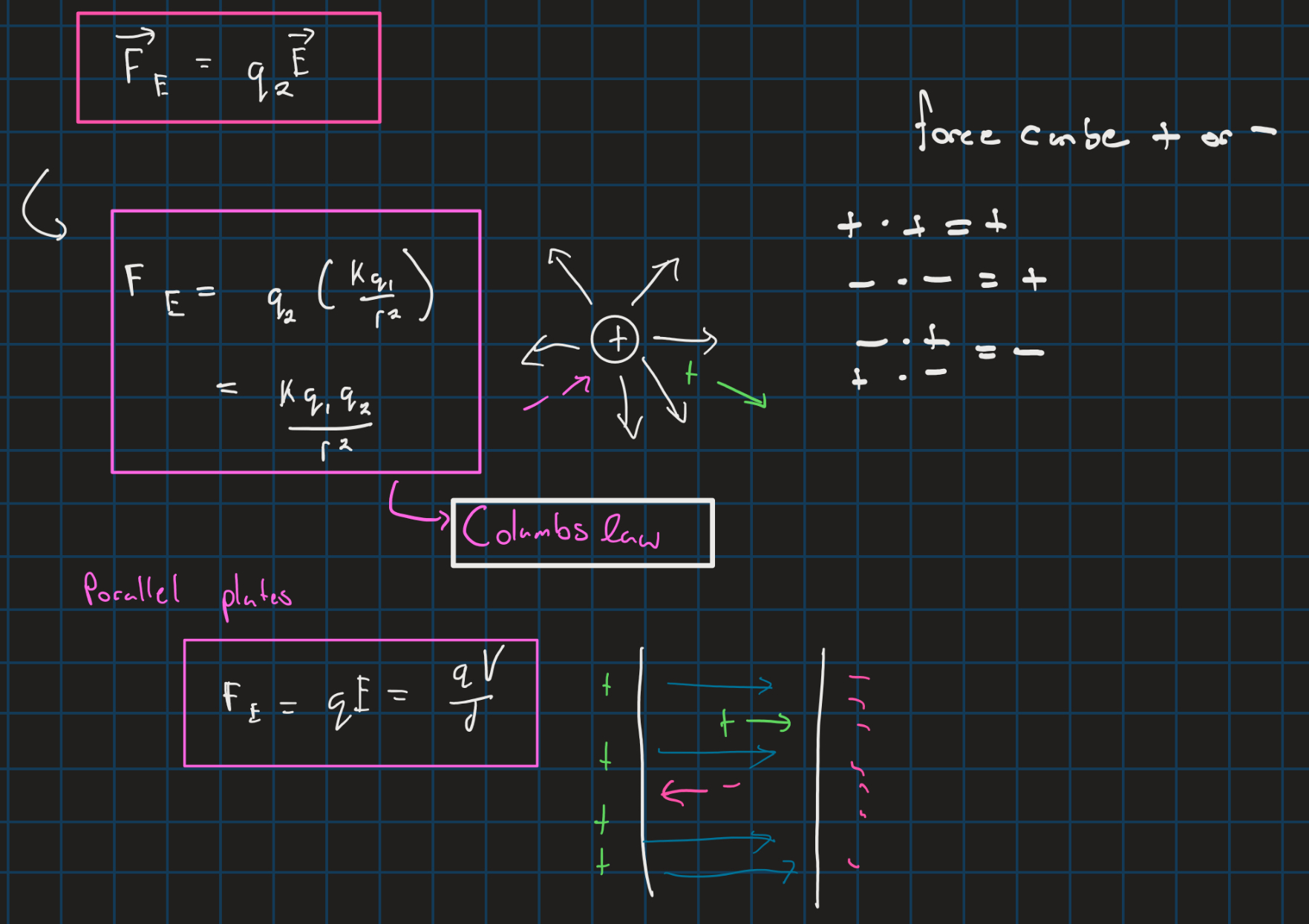
Electric potential

Electric potential energy (work)
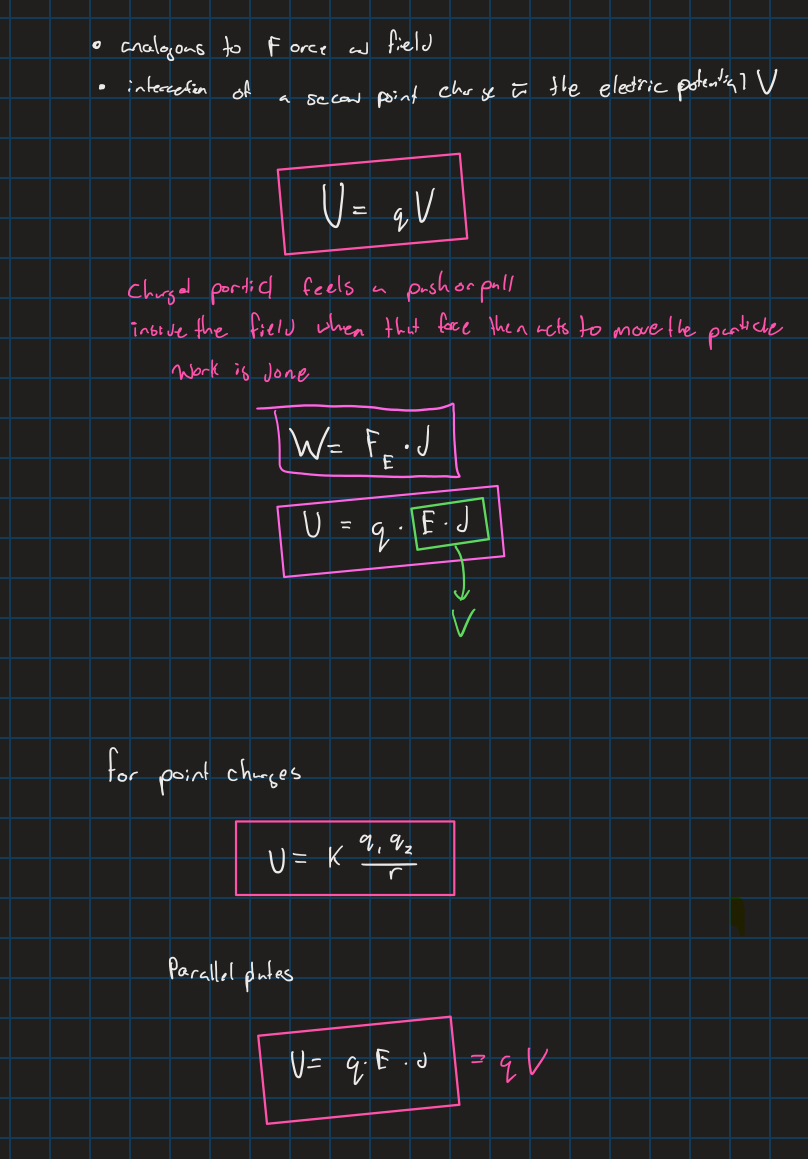
Resistors in series and parallel
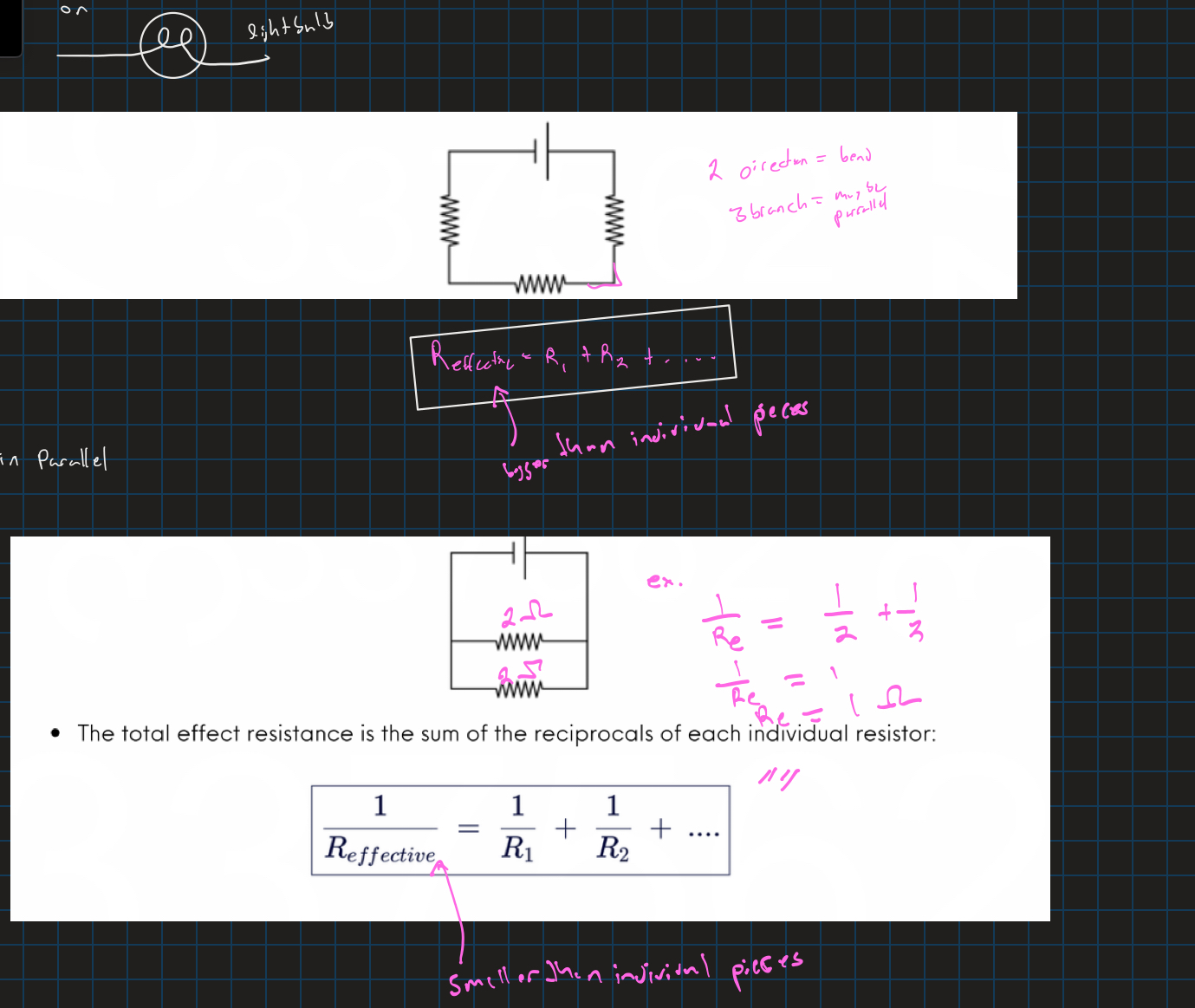
Resistance
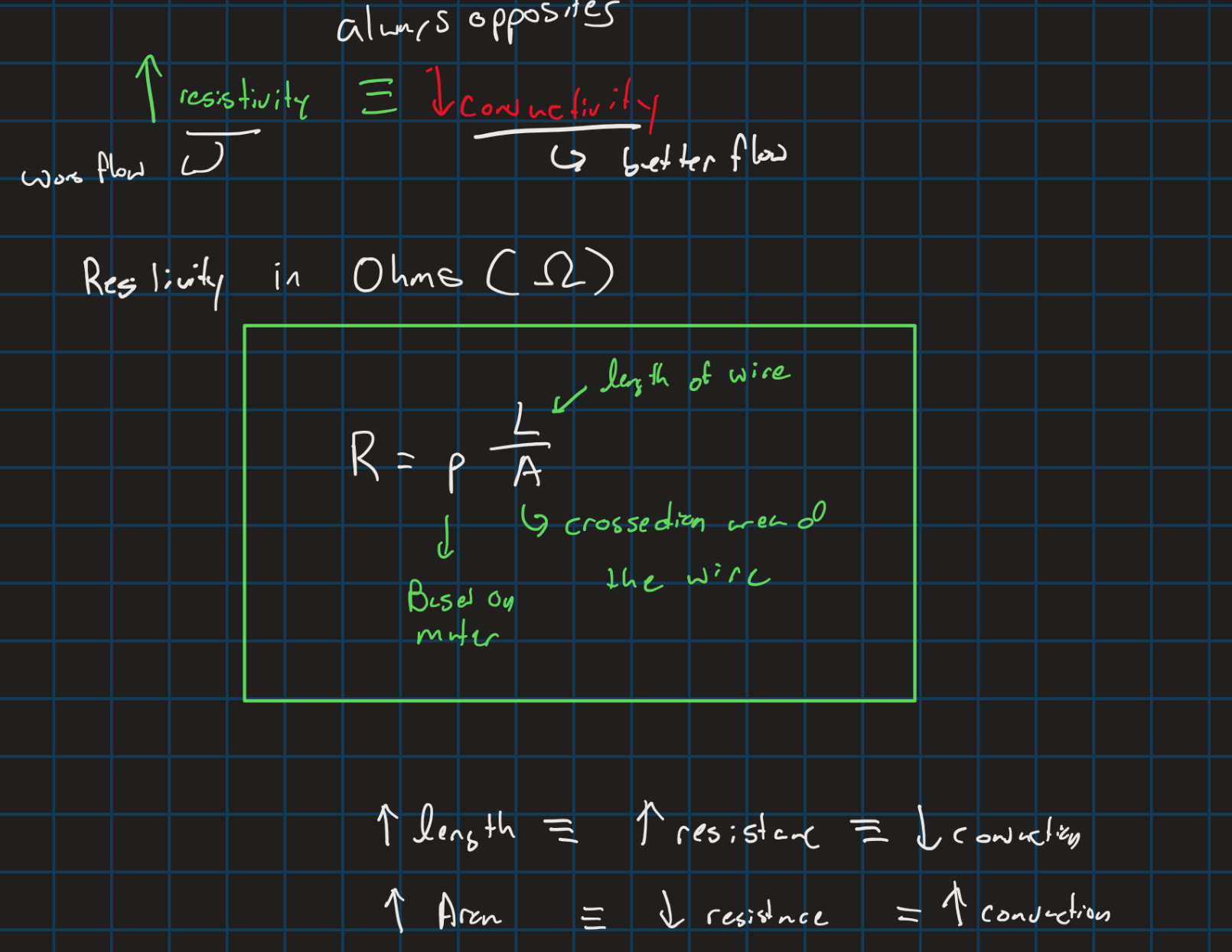
Current
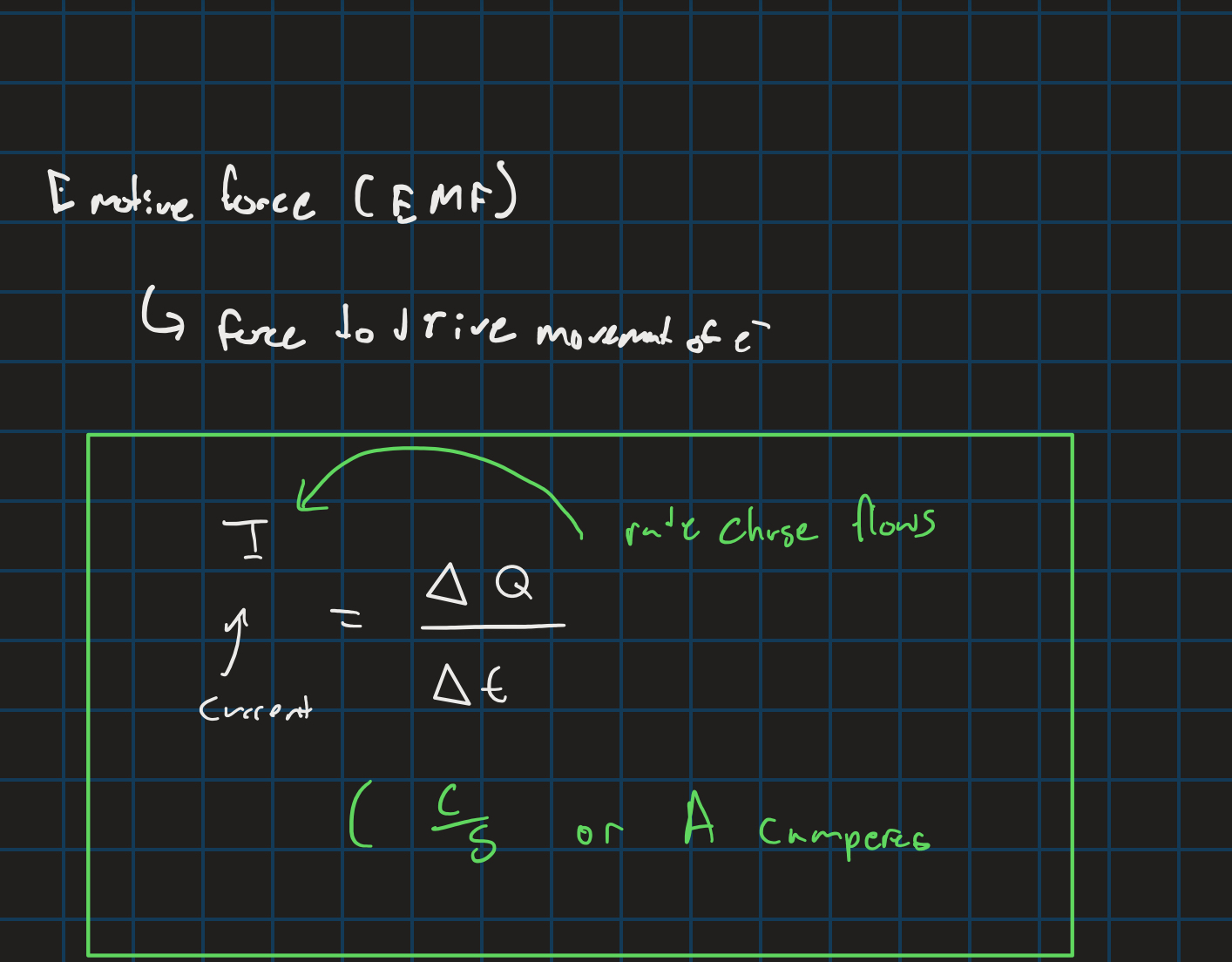
ohm’s law
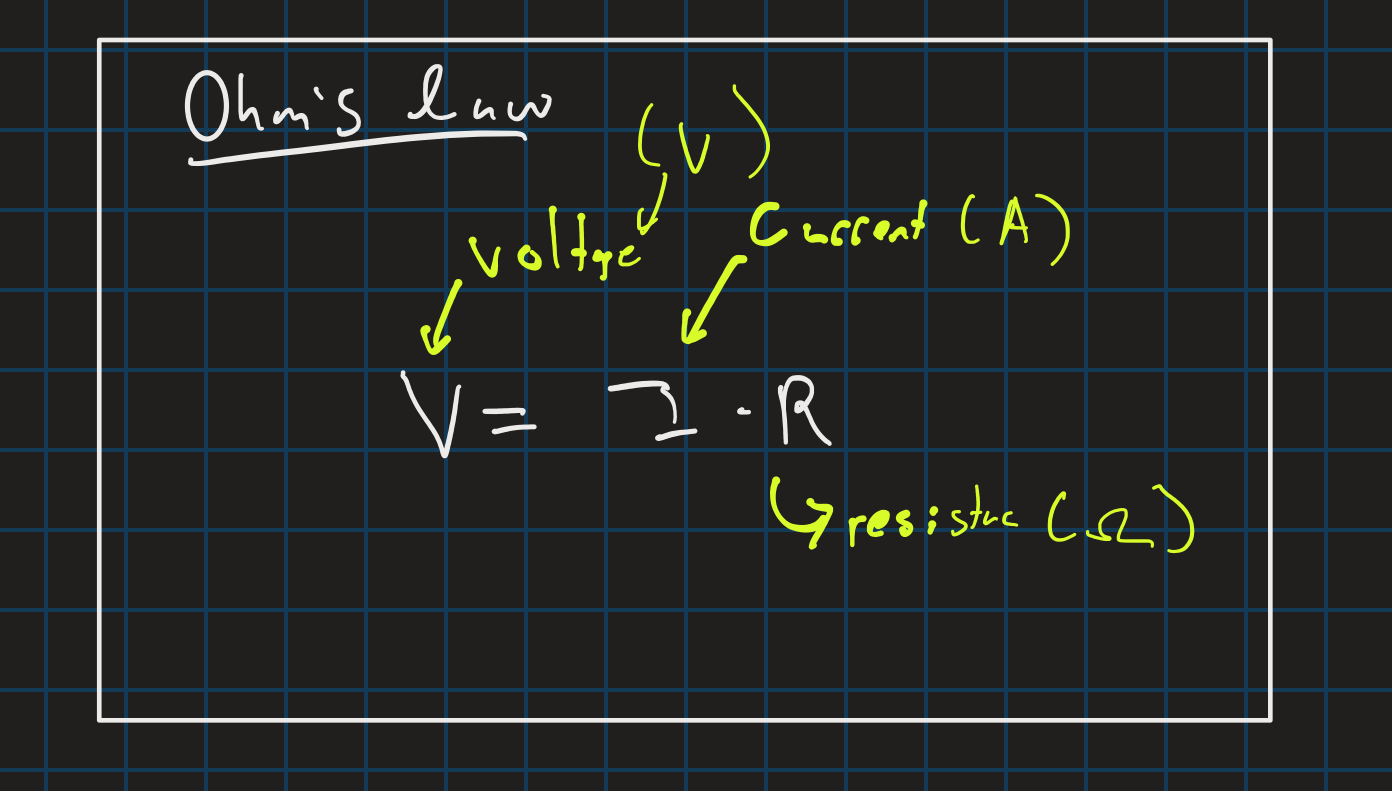
Power in circuits
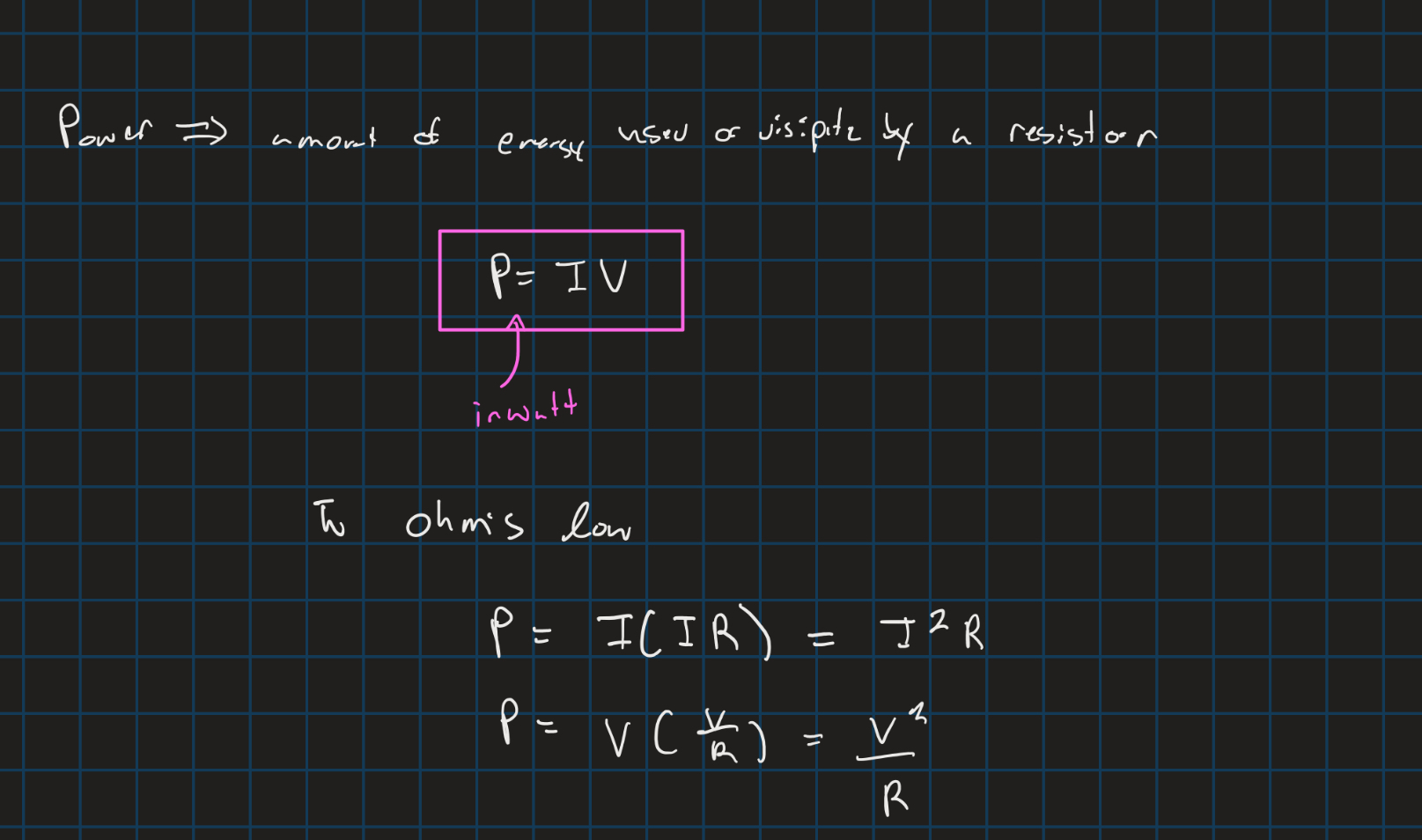
Capacitance

Electric potentially in a capacitor

Capacitors in circuits

lorentz force
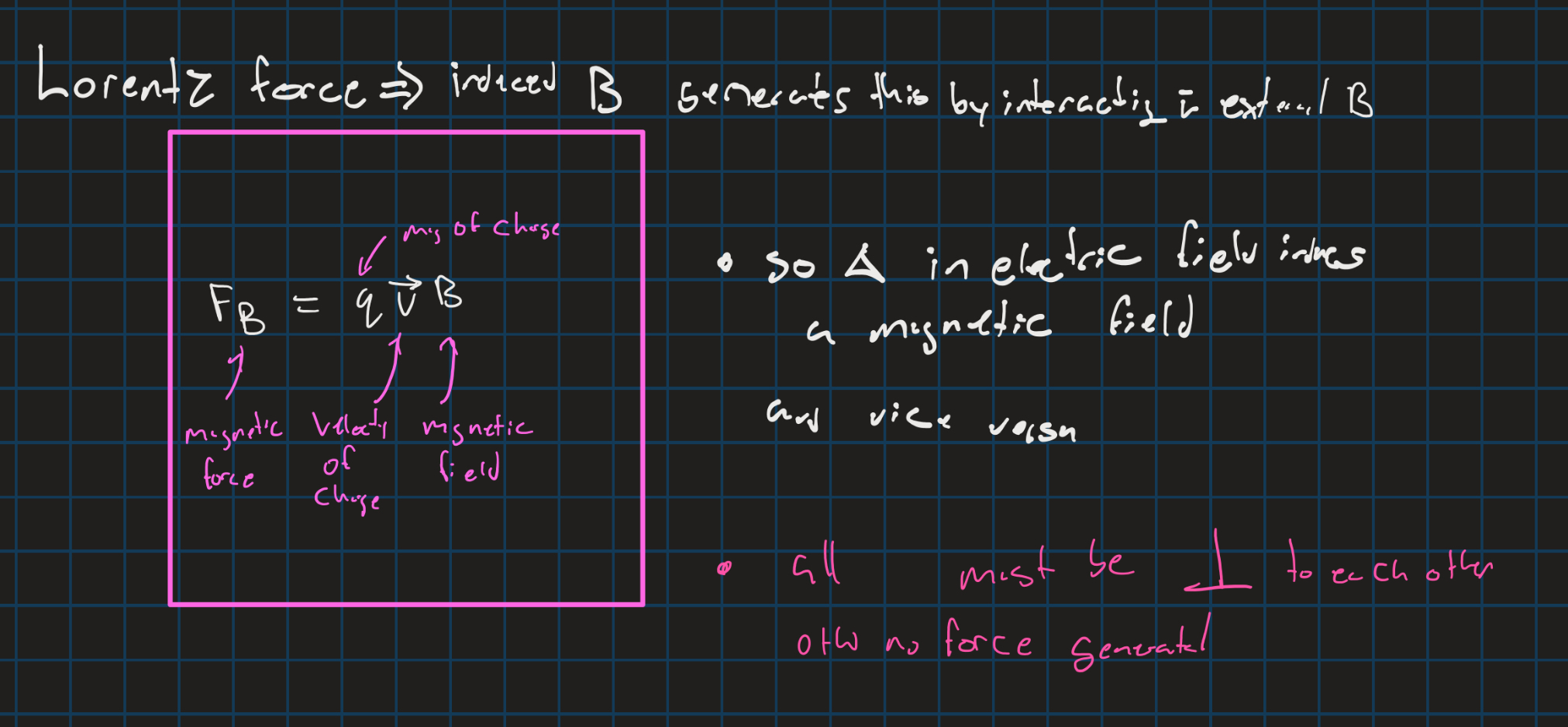
Magnetic force on a wire
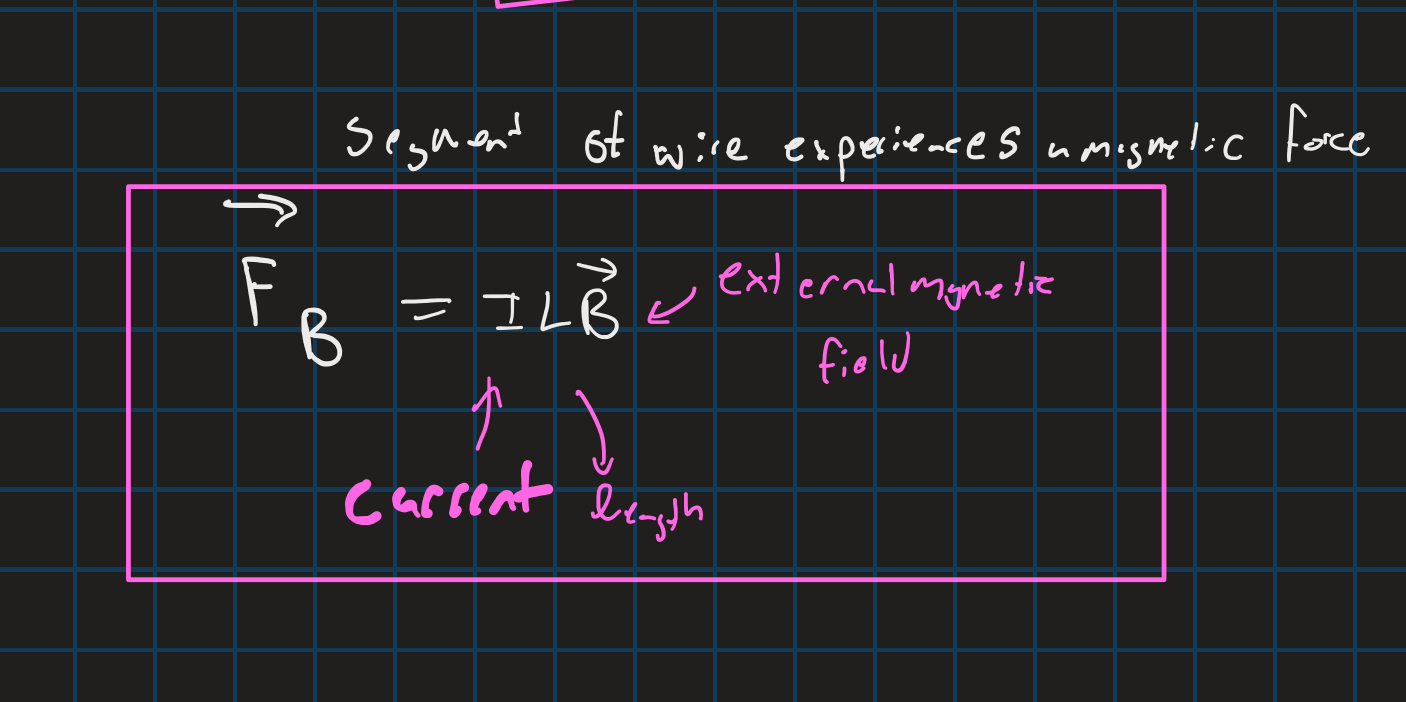
Right hand rule

Strong acids

Ka and Pka
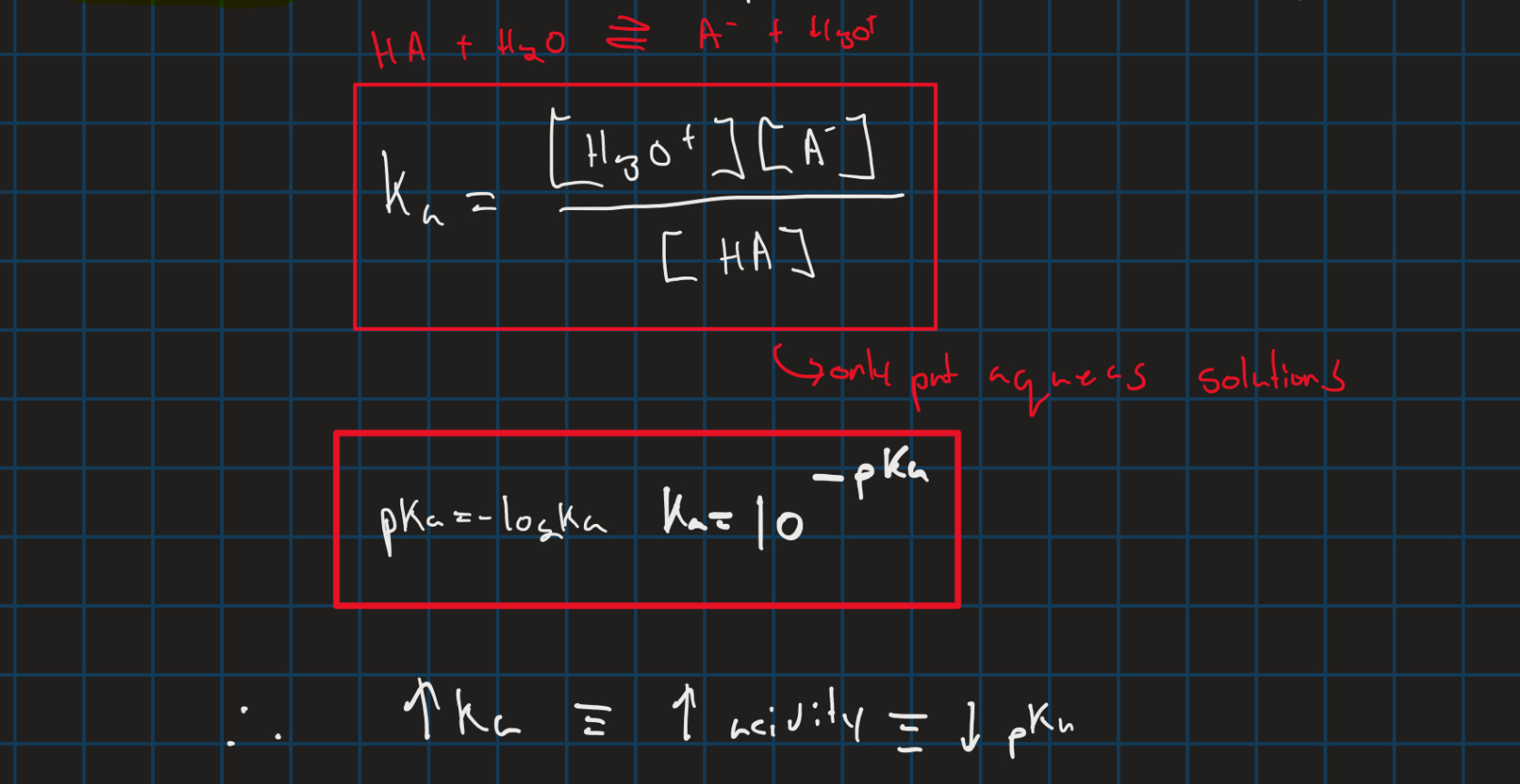
pH pOH and H+ and Oh- concentrations

Strong bases
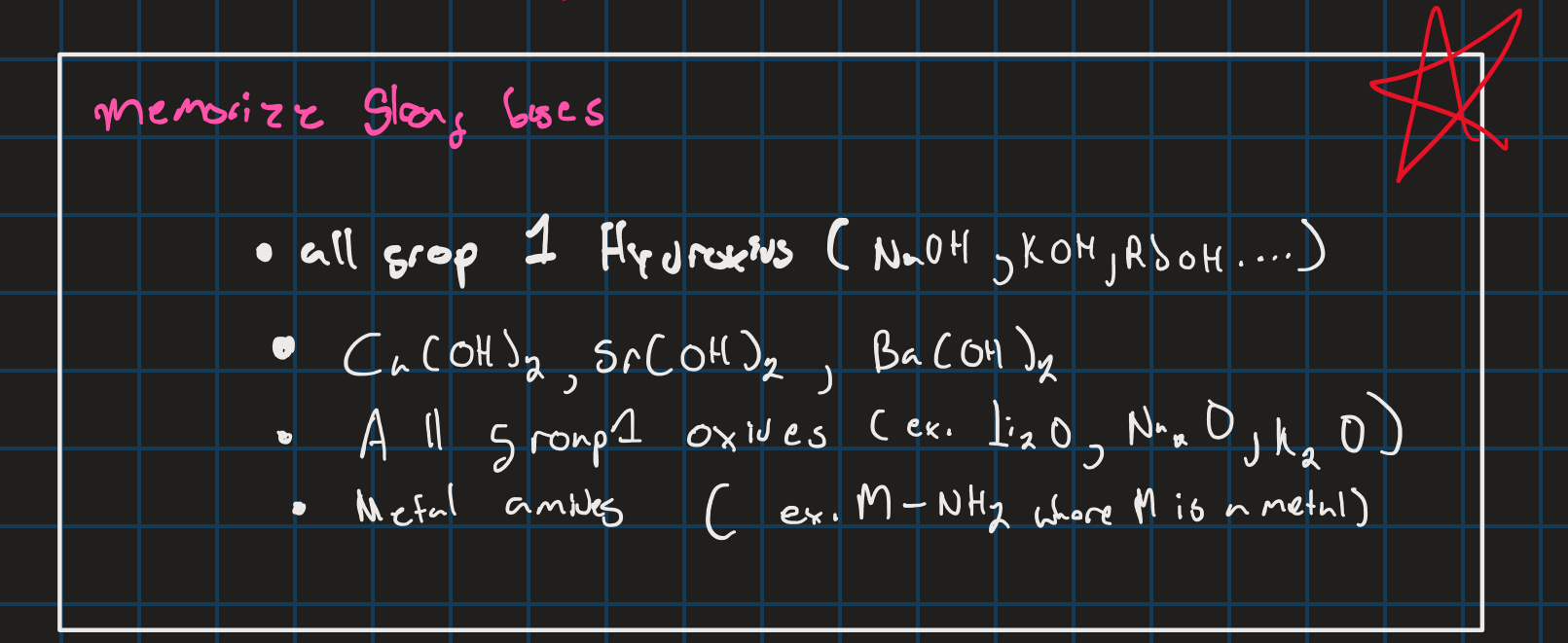
kb and pkb

kw

Henderson Hasselbach
use pka of acid to calculate pkb of it conjugate base and vice versa (same for pOH but with Pkb and BH+ /B)
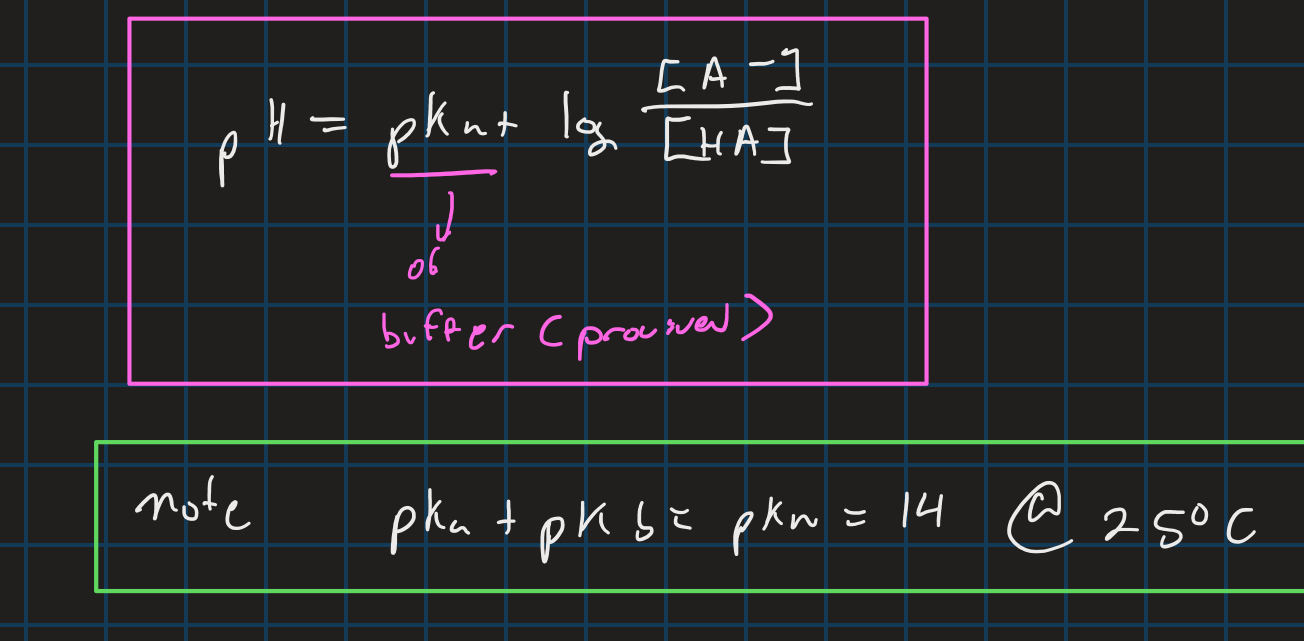
Titration equation
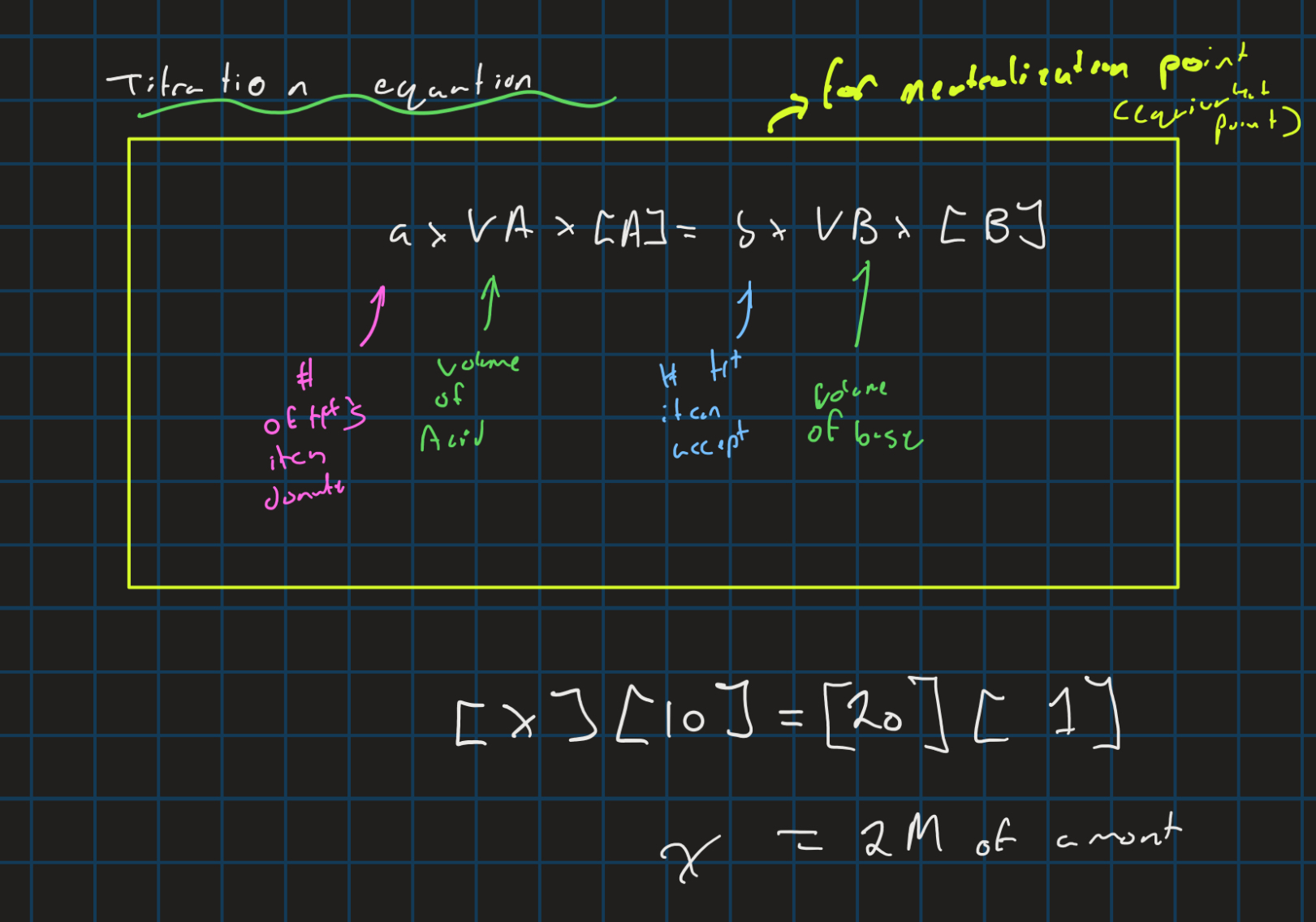
Equilibrium constant

reaction quotient

rate law
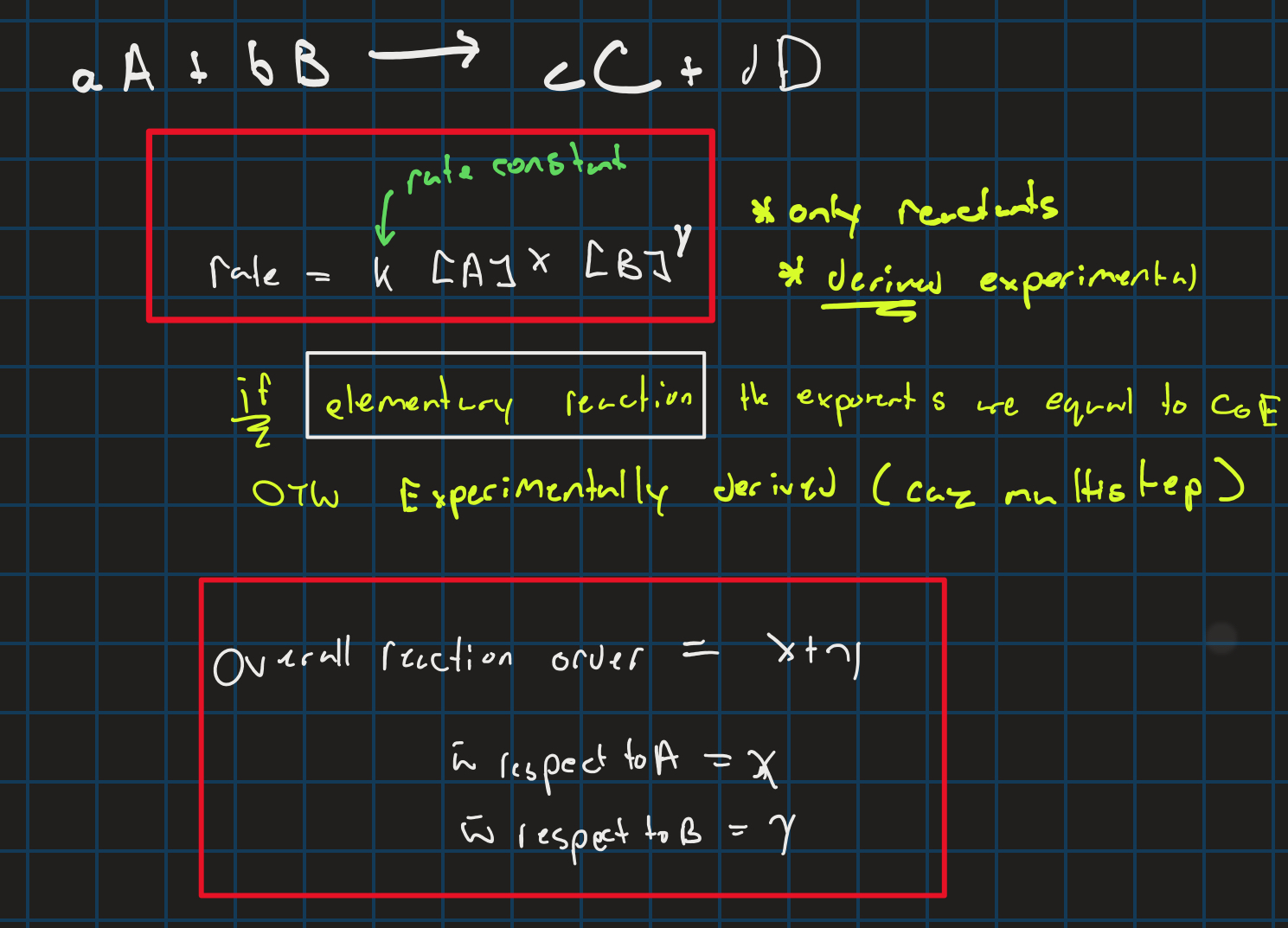
Arrhenius equation
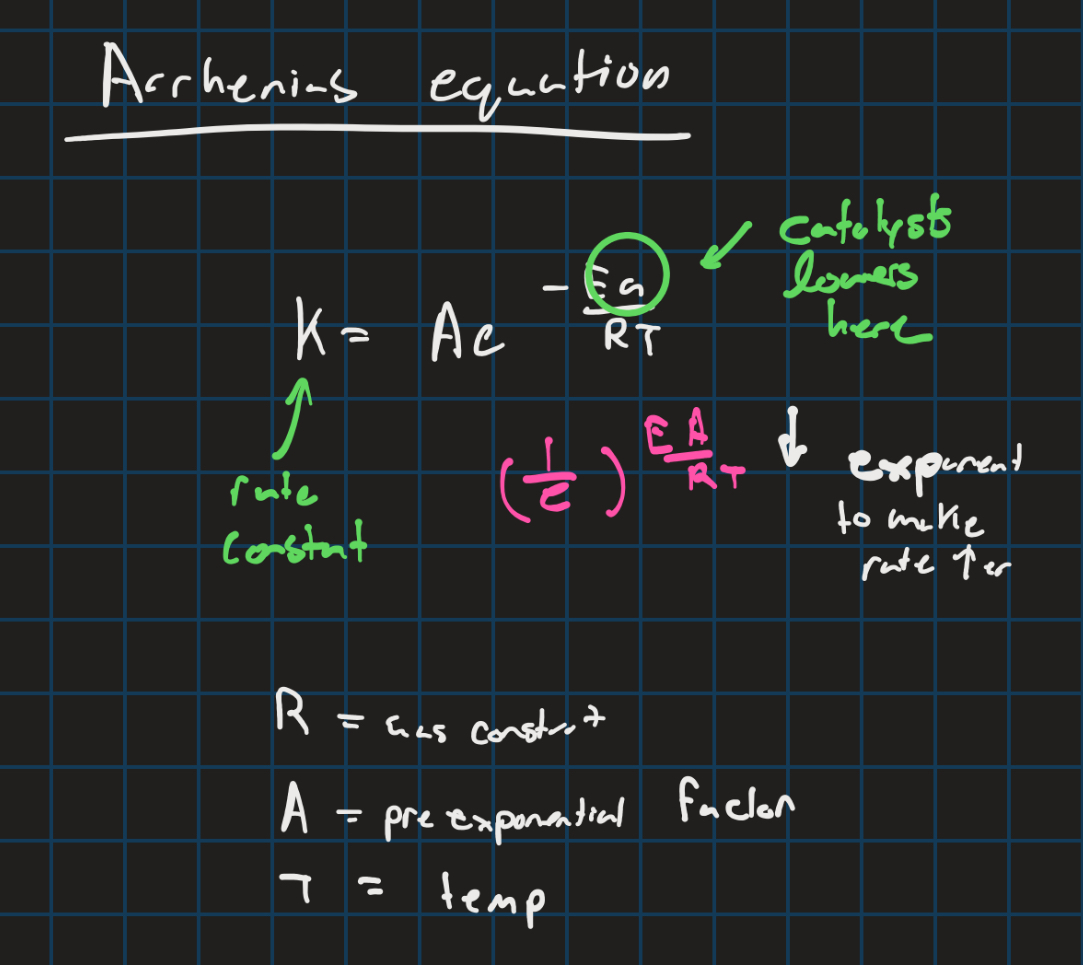
Zeroth order
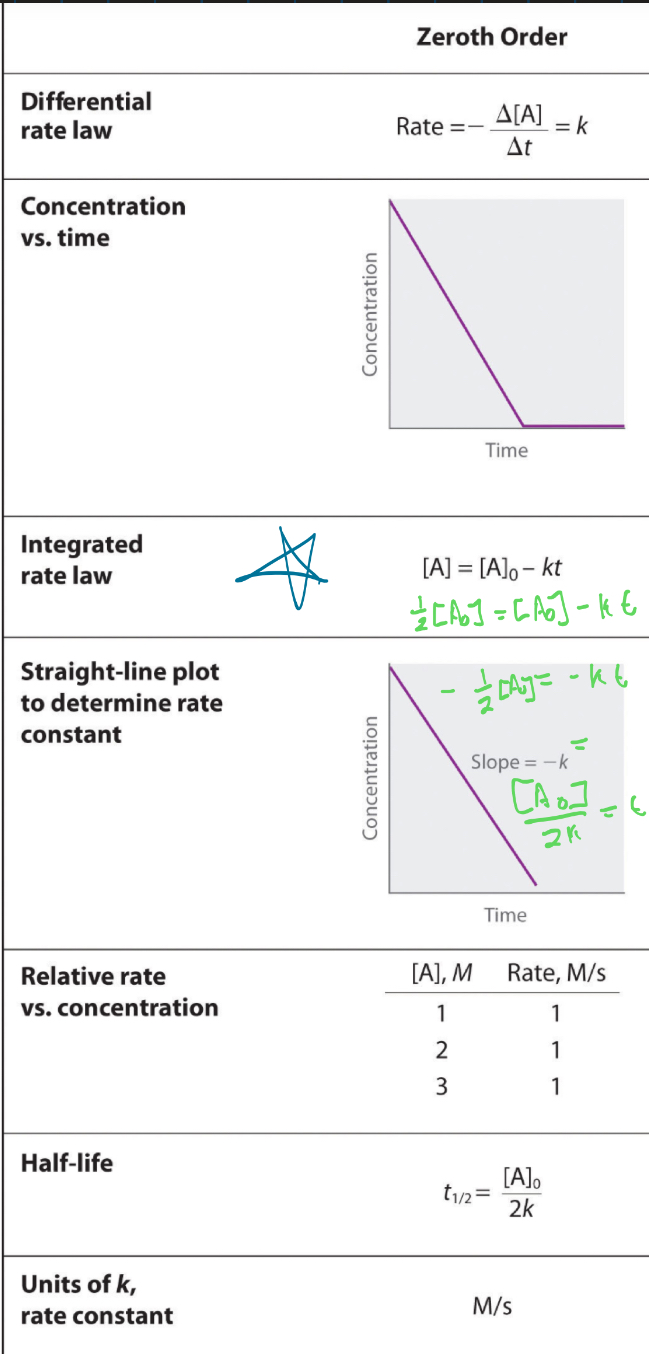
First order

second order

Internal energy of the system
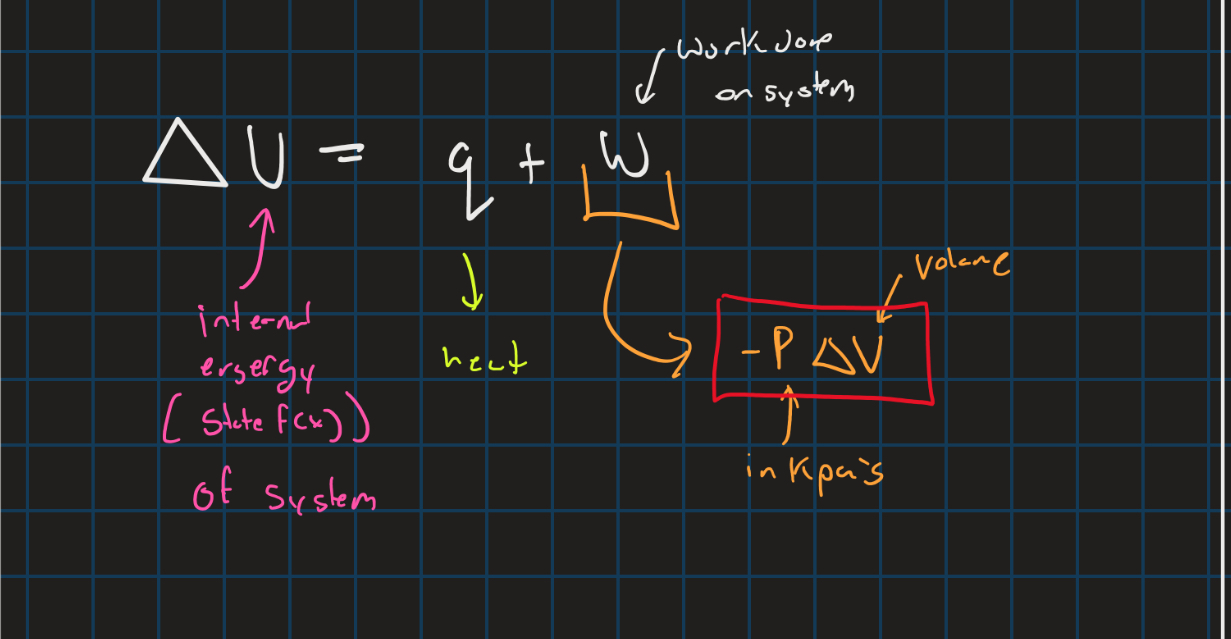
Entropy

Gibbs free energy
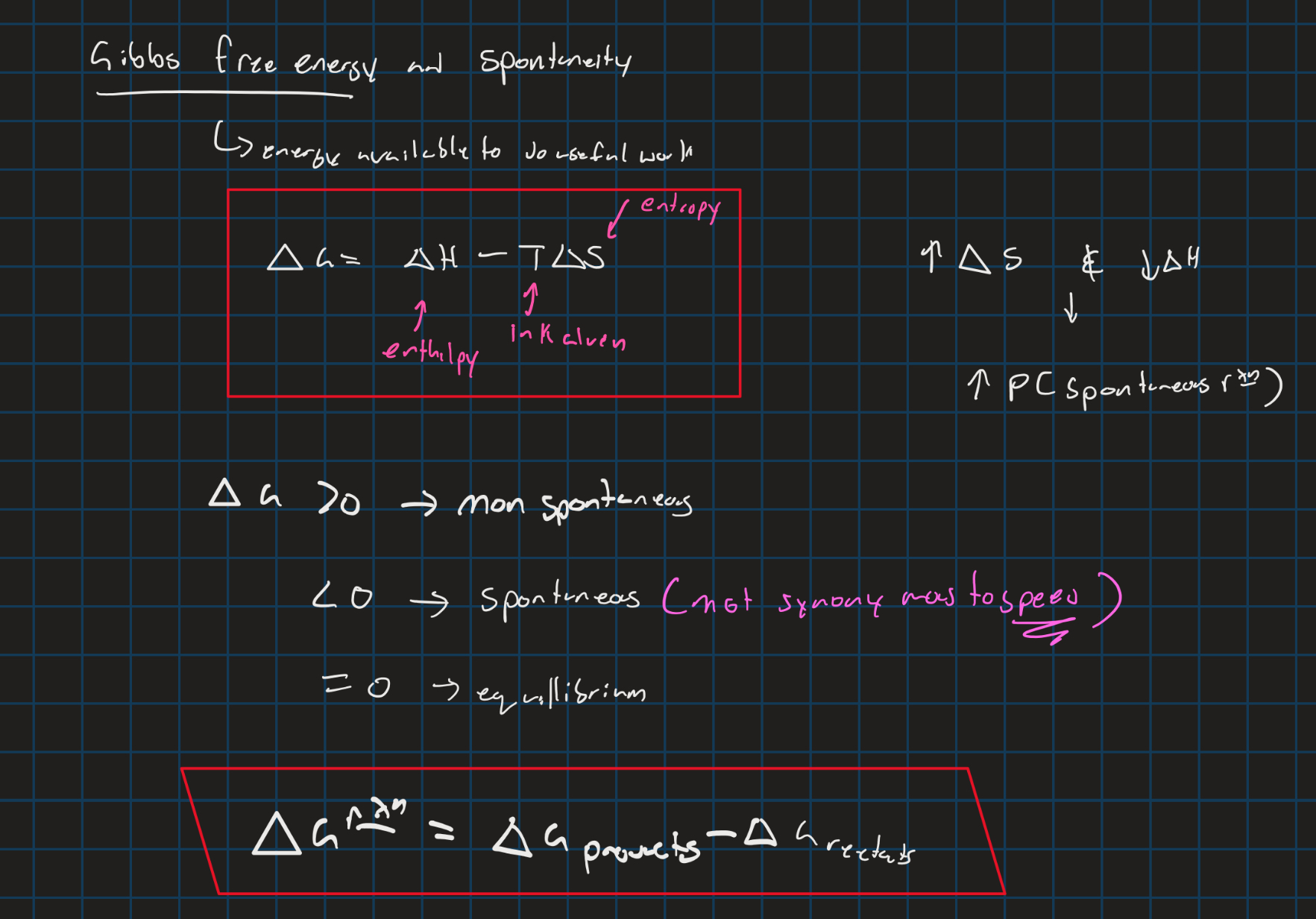
Enthalpy (BDE)
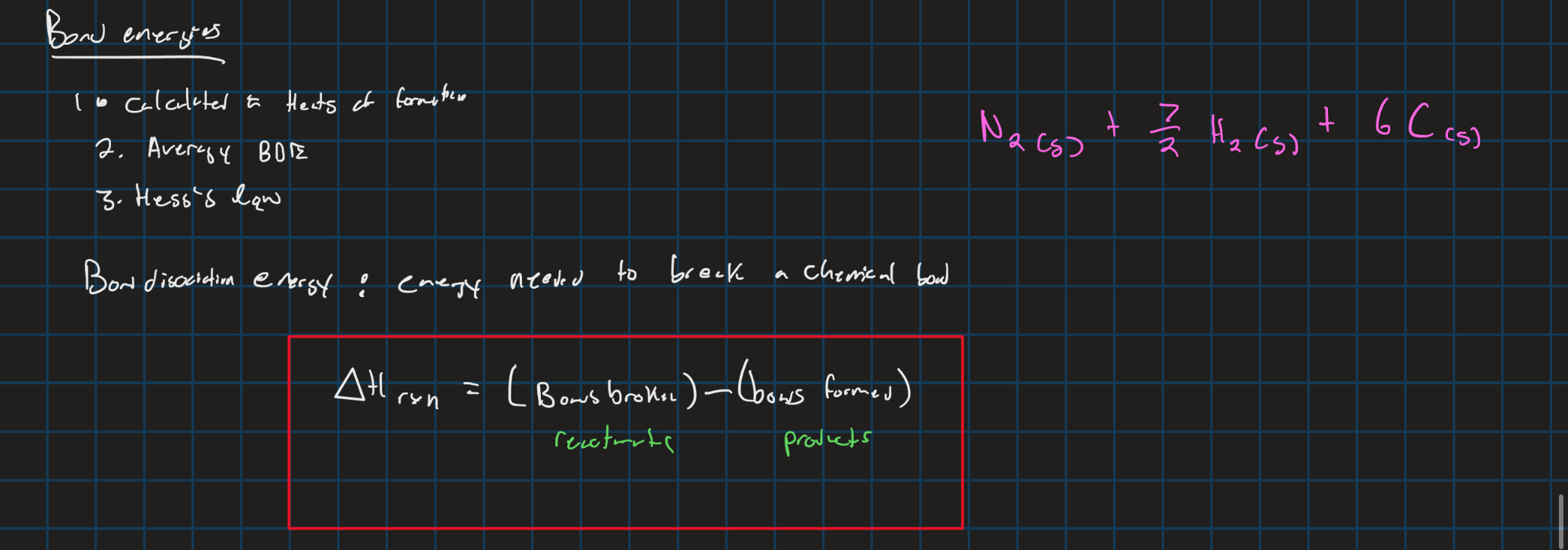
Gibbs free energy with equillibrium constant

Delta G nott
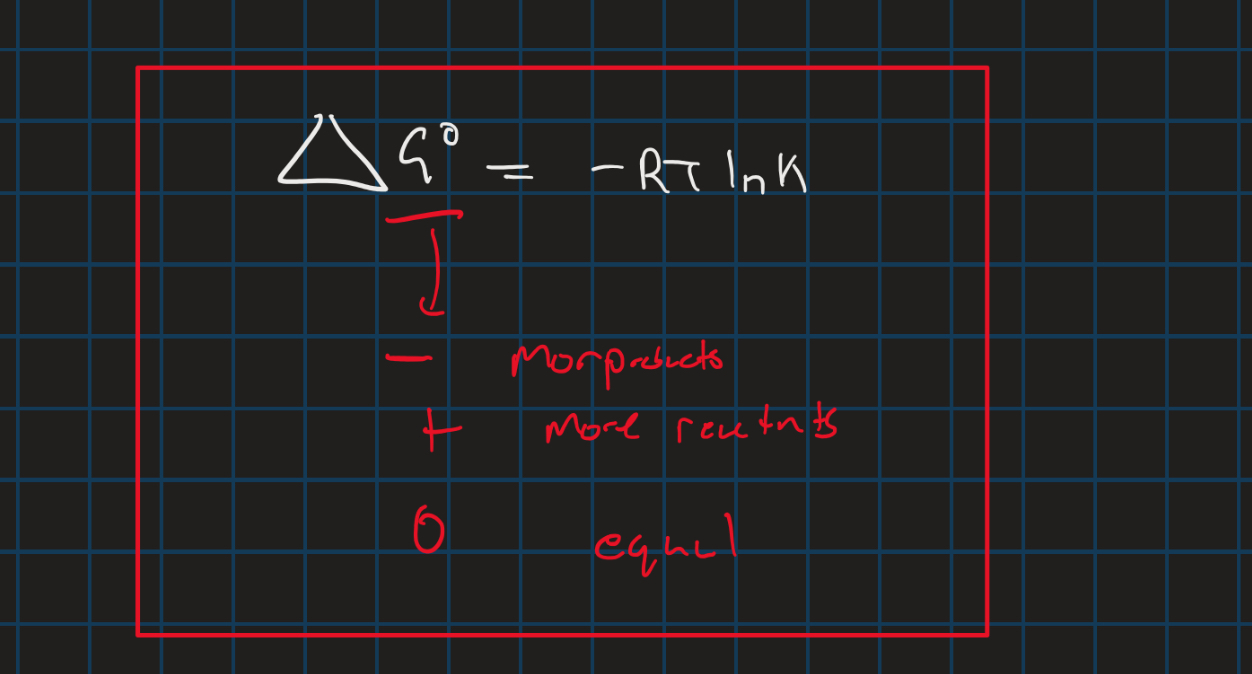
Enthalpy withe heats of formation
products minus reactants
mechanical work

Power
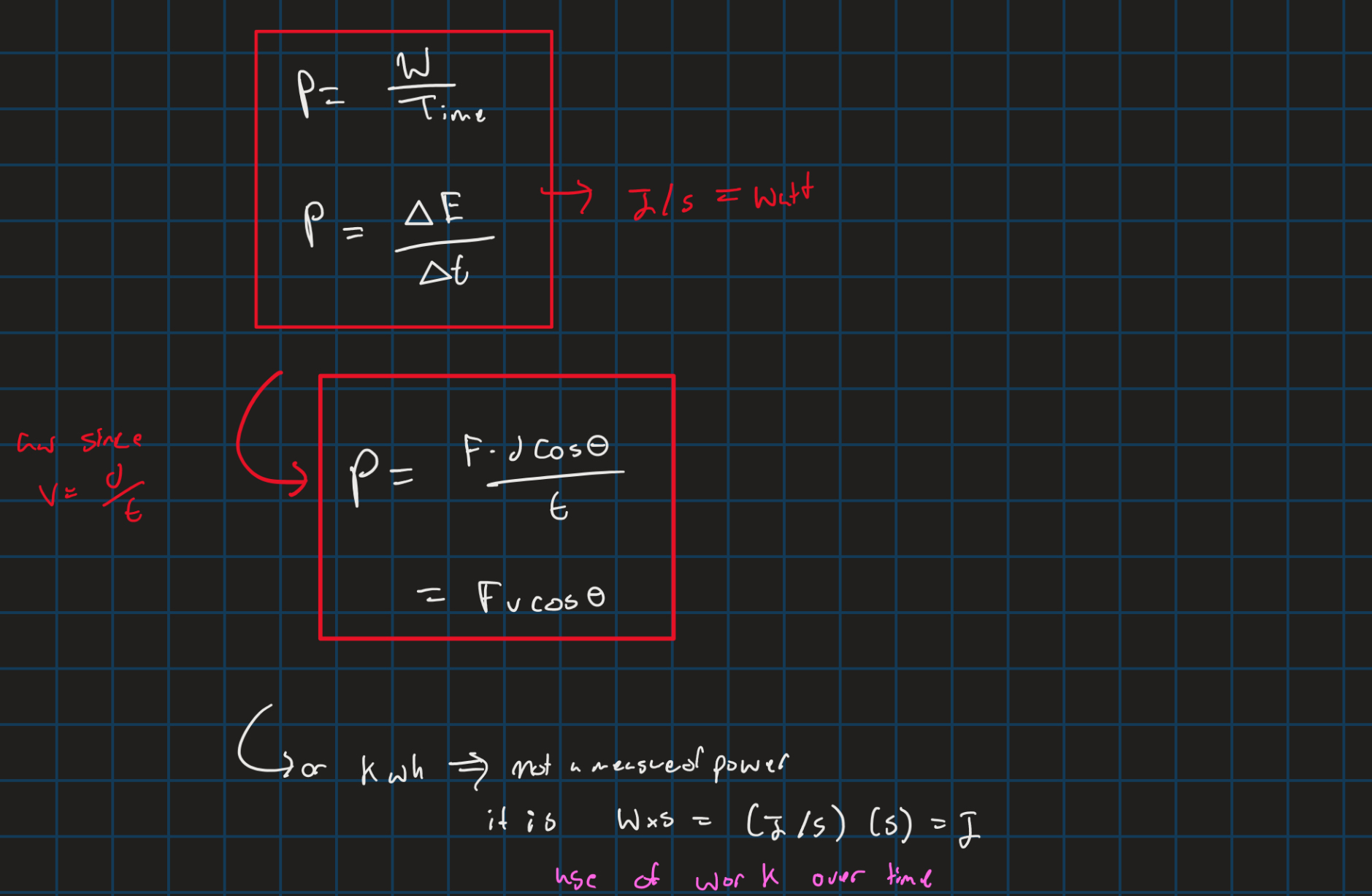
kinetic energy
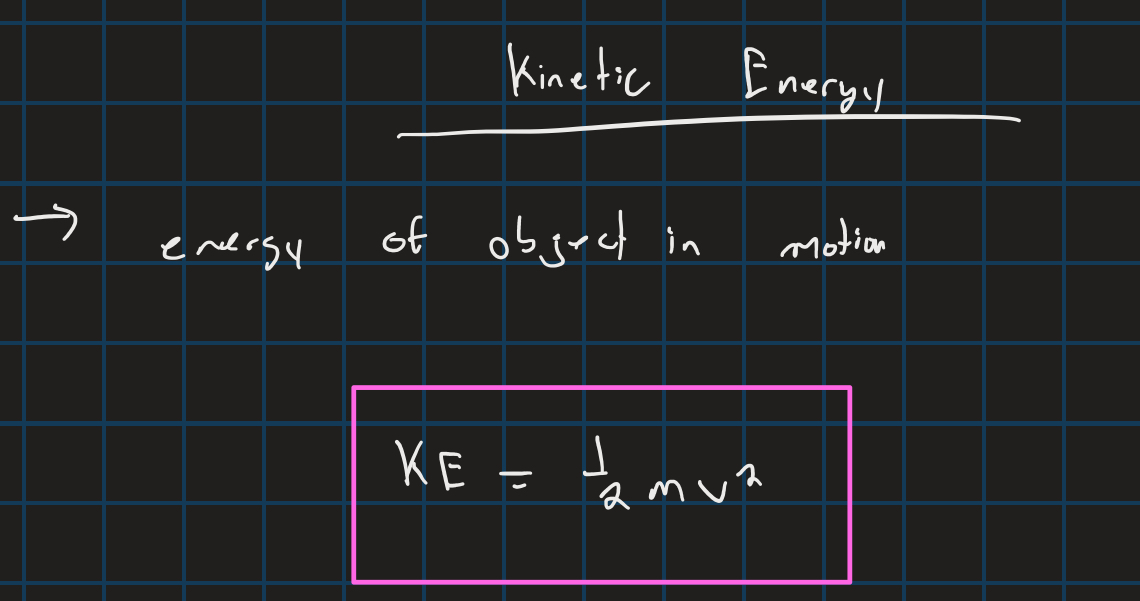
Gravitational potential energy
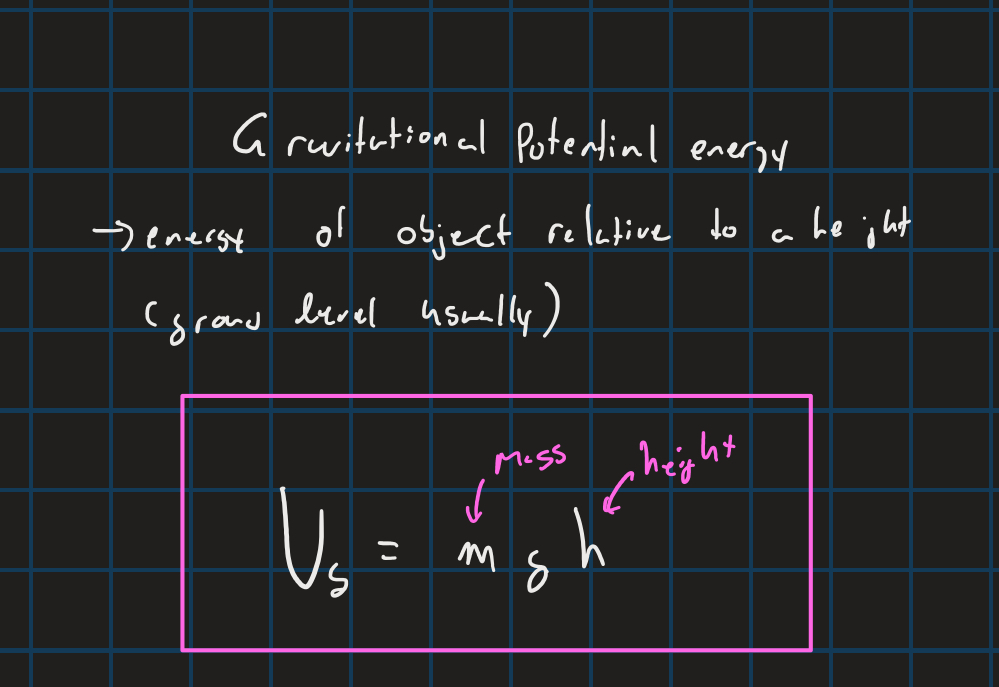
Elastic potential energy
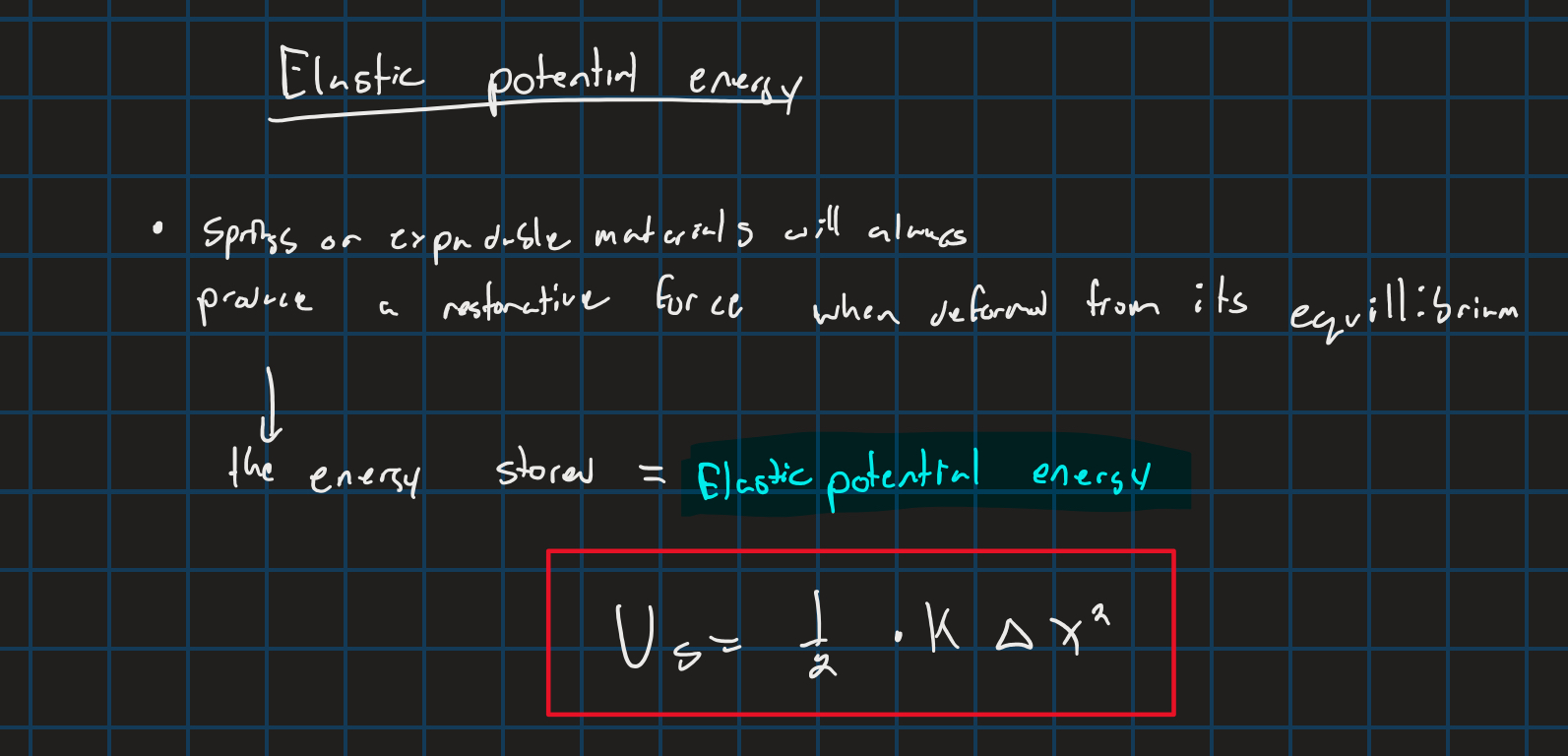
Law of conservation of energy

Projectile motion and energy
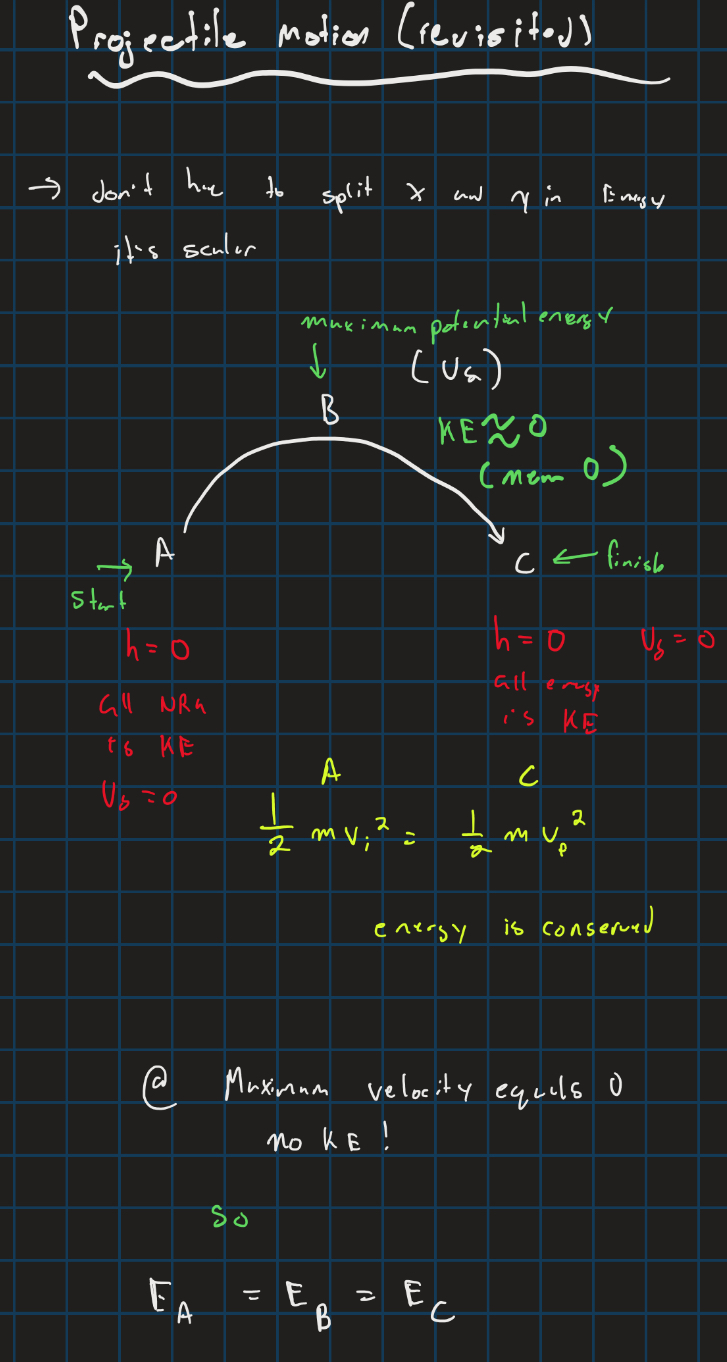
Work energy and theorem
external work = change in KE + change in Ug + change in Us
